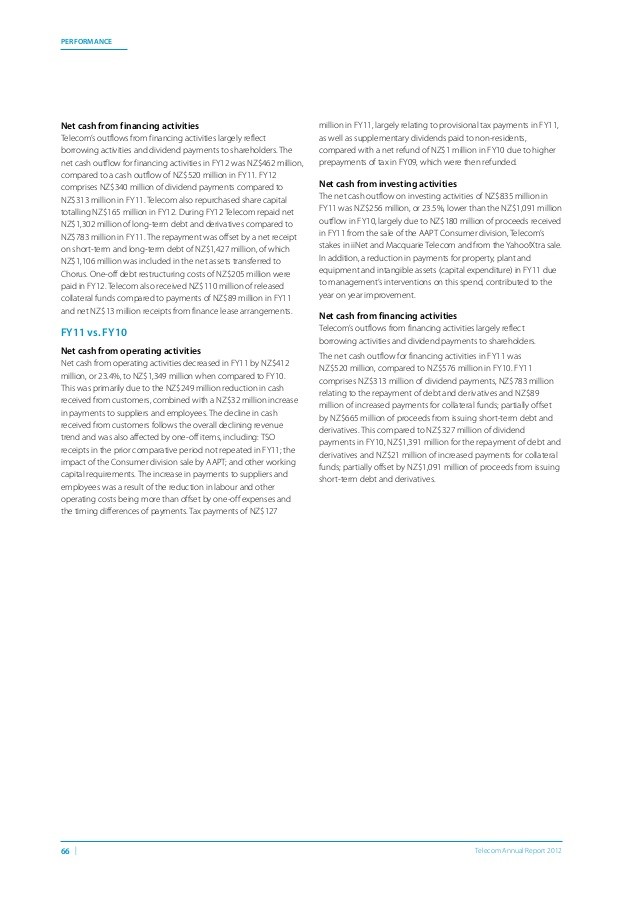TaxLoss Harvesting Reduce Investment Losses Yahoo Finance New Zealand
Post on: 31 Июль, 2015 No Comment

Whenever the stock market goes down, investors get frustrated. But there is a light in an otherwise gloomy situation: the option to bolster after-tax stock returns through a concept called tax-loss harvesting. Through opportunistic tax-loss harvesting. you can increase your returns indirectly, especially early on in a portfolio’s life. This article will explain how to get the extra return in order to maximize wealth.
What Is Tax-Loss Harvesting?
Imagine that on the first day of any given year, you invest $100,000 in the U.S. stock market via an exchange-traded fund (ETF), like SPDR S&P 500. Let’s assume this ETF trades off by 10%, falling to a market value of $90,000. Rather than feeling sorry for yourself, you can sell the ETF and reinvest the $90,000 back into the stock market.
Although you are keeping your market exposure constant, for IRS tax purposes, you just realized a loss of $10,000. You can use this loss to offset taxable income — leading to incremental tax savings or a bigger refund. Since you kept your market exposure constant, there really hasn’t been a change in your investment cash flow, just a potential cash benefit on the tax return.
Now let’s say that the market reverses course and heads north, surpassing your initial investment of $100,000 and closing out the year at $108,000, yielding the average 10% pretax return when adding a typical 2% dividend yield. For ease of calculation, let us assume that your marginal tax rate is 50%. Had you done nothing except buy-and-hold in the aforementioned scenario, you would have an after-tax return of 9%, represented by an 8% unrealized investment gain plus a 1% dividend gain (2% dividend less 1% paid in tax to the government due to a 50% marginal tax rate).
However, if you sold and replaced your stock market position (‘harvested’ the tax loss), you would also have a loss of $10,000 that you can use to offset some ordinary income or other taxable gains from other areas on your tax return. At the assumed marginal tax rate of 50%, this would be worth $5,000 in income tax savings, or another 5% return on the original $100,000. Thus, your net-net after-tax return would now be 14% (9% + 5%).
There are some limitations on this activity. Let’s take a closer look at a few of the limitations and regulations surrounding your taxable gains.
IRS Regulations
First, the IRS won’t let you simply buy an asset and sell it solely for the purpose of paying less in tax. Thus, on Schedule D of the 1040 tax form, the loss will be disallowed if the same or substantially identical asset is purchased within 30 days. This is called the wash-sale rule.
As a counter to this, a similar asset of high correlation (but cannot be substantially identical) may be made to keep the market exposure constant if you don’t want to wait the 30 days. Correlation is the key here, as many assets move up and down together almost in tandem. Replacing the SPDR S&P 500 with another U.S. ETF, like SPDR Dow Jones Industrial Average, would get you almost the same market representation.
Income Threshold
Another limitation is that only up to $3,000 of loss can be used to reduce your taxable income ($1500 each if married filing separately). While no revision of this income threshold is in place, most high net worth investors have gains in other aspects of their investment portfolios that render this tax loss useful. Even if it is not, the tax loss may be carried forward for use on future tax returns, creating only a slight decay in the time value of money on your tax loss.
Growing Portfolio
While beyond the scope of this article, realizing tax losses lowers tax basis, which makes harvesting harder to do the longer the portfolio grows; however, receiving the tax benefit up front is best, from the perspective of time value of money.
Administrative Cost
Additionally, transacting every time the market goes down can be onerous, from a tax-preparation standpoint. A general rule to use is that if the tax benefit outweighs the administrative cost, harvest the loss.
The Bottom Line
In summary, tax-loss harvesting is a way investors can take an active role in managing their portfolios with a strategy that is based on opportunity created by tax law, not market speculation. In some cases, after-tax returns could be greatly enhanced, putting the investor well on the road to quicker asset accumulation, so that next time the market turns downward you won’t be feeling blue.
More From Investopedia














